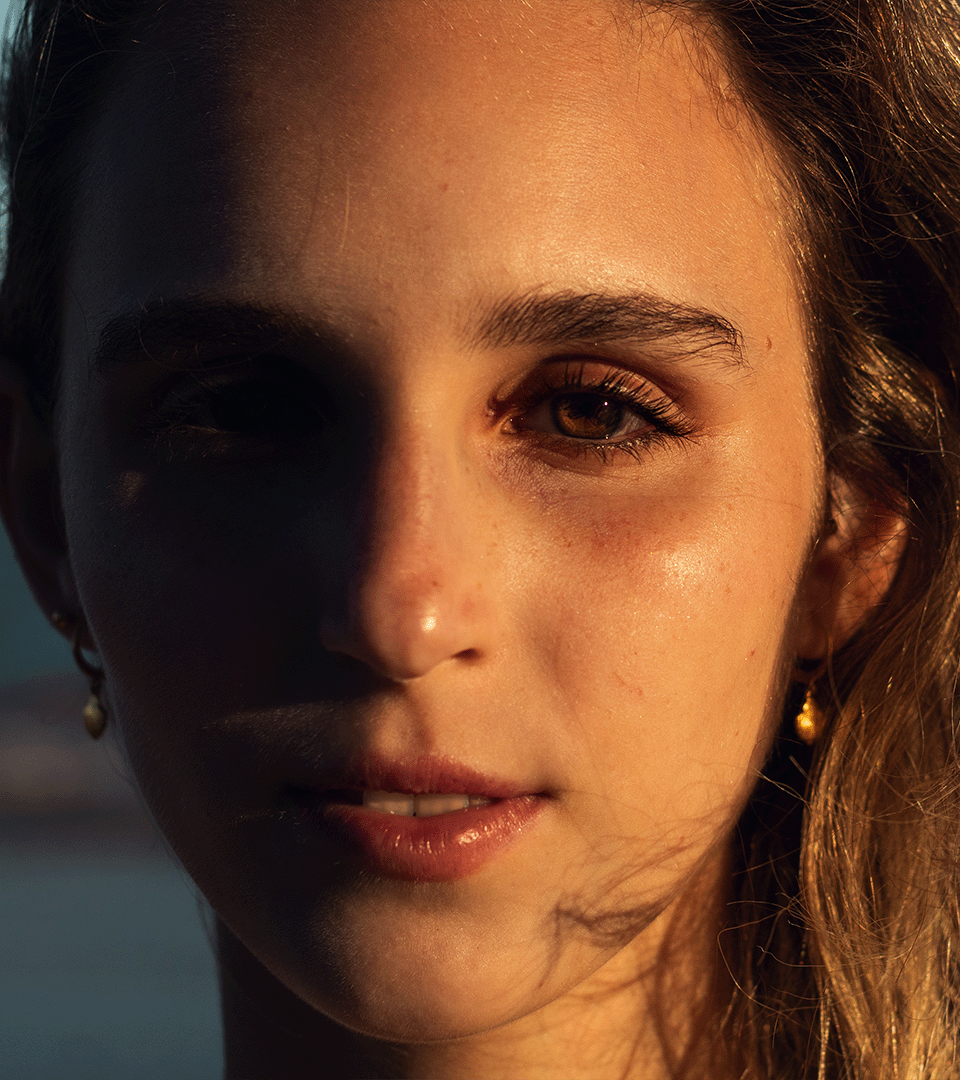Blepharoplasty: Understanding Upper and Lower Eyelid Surgery.
Changes in the eyelid area are a common part of the ageing process. Over time, the skin can lose elasticity, muscle tone can shift, and fat may either accumulate or deplete – all of which can affect both appearance and function. For many people, these changes are most noticeable in the upper and lower eyelids.
Blepharoplasty, or eyelid surgery, is a surgical procedure designed to address these concerns. It can be performed on the upper eyelids, lower eyelids, or both, depending on the individual’s needs. The aim is to remove or reposition excess skin and fat in a way that restores a smoother and more structured contour to the eye area – while also relieving any interference with vision.
Upper vs Lower Blepharoplasty
Upper blepharoplasty involves the removal of excess skin and occasionally fat from the upper eyelid. This can help improve visual obstruction caused by drooping eyelids, while also reducing heaviness or creasing in the upper eye area.
Lower blepharoplasty typically addresses issues such as under-eye bags, puffiness, or hollowness. Depending on the anatomy of the patient, it may involve repositioning or removing fat, and tightening the skin or supporting structures.
Each procedure is highly individualised and designed according to a patient’s anatomy, lifestyle, and overall facial balance.
Can You Have Both Done at the Same Time?
Yes, in many cases, patients undergo both upper and lower blepharoplasty in a single procedure. This can offer a more comprehensive result with one recovery period. However, not everyone requires work on both eyelids. During consultation, Dr. Johnny Kwei assesses each case to determine the most suitable approach.
Cosmetic and Functional Benefits
Blepharoplasty is often thought of as a cosmetic procedure, but it also offers clear functional benefits:
Functional Improvements:
- Improved visual field: Excess upper eyelid skin can hang over the eyelashes and restrict vision. Removing this skin can improve peripheral vision and reduce visual fatigue, especially when reading or driving.
- Reduced eye strain: Heaviness in the upper lids can cause some individuals to subconsciously raise their eyebrows to compensate, leading to tension or discomfort in the forehead. Surgery can help alleviate this strain.
Cosmetic Outcomes:
- Reduced appearance of fatigue: While not a rejuvenation procedure in the traditional sense, blepharoplasty can minimise features that often signal tiredness, such as sagging skin or pronounced under-eye bags.
- Refined eyelid contour: Surgery helps to smooth folds, address puffiness, and create a cleaner contour around the eyes, which may appear more alert or well-rested.
- Proportional balance: For many patients, eyelid surgery brings a sense of proportion to the upper third of the face, especially when one lid appears significantly heavier than the other.
How Long Do the Results Last?
The results of blepharoplasty are considered long-lasting. While the ageing process will continue, most patients experience noticeable improvement for many years after surgery. In particular, fat removal and skin tightening in the eye area tends to maintain its effect well over time. Factors such as genetics, sun exposure, and lifestyle choices can all influence how long the results last.
What to Expect from Recovery
Recovery from blepharoplasty is generally straightforward, with most patients returning to light activities within one to two weeks. Bruising and swelling are common in the first several days but typically resolve without complication. Dr. Kwei provides each patient with detailed aftercare instructions tailored to their procedure.
Is Blepharoplasty Right for You?
If you’re experiencing heaviness in the upper eyelids, persistent under-eye puffiness, or vision obstruction caused by excess skin, it may be worth exploring blepharoplasty. A consultation is the best way to determine whether the procedure aligns with your needs and expectations.

Dr Kwei is a Specialist Plastic, Cosmetic and Reconstructive Surgeon in Sydney. His approach to blepharoplasty focuses on precision, balance, and achieving results that integrate seamlessly with each patient’s facial features.
To learn more or book a consultation, get in touch with Dr. Kwei’s team. Please contact us or call 1300 375 934.

